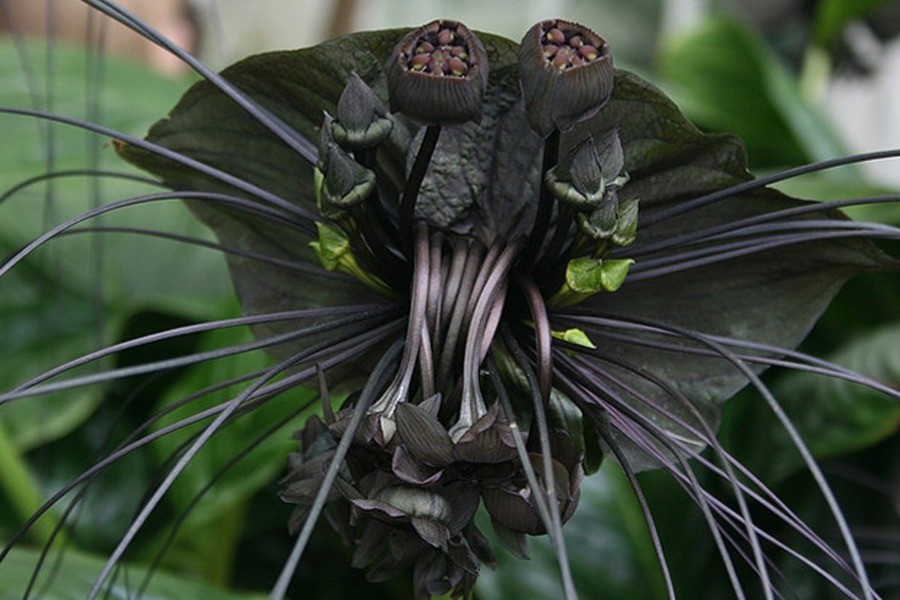Wednesday 25 April 2018
Hardy Asclepias
Growing Perennial Milkweeds From Seed
 |
| Asclepias tuberosa |
Pre Treatment – Depends on Species. All may be sown in the autumn to germinate the following spring. Otherwise use the following guidance. All seed has been shown to respond to soaking in water for a period before sowing, thereafter…
Asclepias speciosa – no further pre-treating required, just sow as below.
Asclepias syracia, tuberosa – no further pre-treating required, just sow as below – slow to germinate
Asclepias incarnata – place seeds in a bag with some peat or moss and place in fridge at 4 Deg C for 4 weeks, then sow as below.
Asclepias curravasica – no further treatment, but germinate at 25 Deg C (rather than 20 for the other species.
Sowing and Germination
Sow the seeds on the surface of a damp, good quality seed raising mix. Seal pot in a Ziploc bag and place somewhere that a temperature of 20 Deg C can be maintained (except as noted above). Germination varies from a few days to a few months depending on species. Once the plants have a couple of leaves, they can be transplanted to individual pots. This should be the only time the roots are disturbed as the plants will resent this treatment. At subsequent moves you should take the entire root ball with the plant.
Subsequent Care
The plants grow away slowly initially; the reason for this is that during the first year they concentrate on producing the rootstock that will see them through their first winter. A curravasica may well flower during the first year if sown early enough, but this should not be relied upon. The plants should be protected for their first winter, where pot grown and then planted out the following spring – this holds true for all except A curravasica which is not hardy and if required as a perennial will always require over-wintering at around 5 – 7 Deg C as a minimum. During the winter months, the temperate species will die back to ground level, to re-emerge the following spring. The tropical species will possibly die back, but may remain in leaf (temperature dependent).
Precautions
Always handle these plants with care and grow them away from domesticated herbivores such as rabbits and guinea pigs – the reason for this is that these animals have no ‘in-built’knowledge of these plants and if consumed in any quantities by such an animal the results could be fatal. The milky sap from which the common name is derived contains many compounds some medicinal (once separated) some harmful, so always wear gloves when handling or wash your hands immediately afterwards.
Subscribe to:
Posts (Atom)
